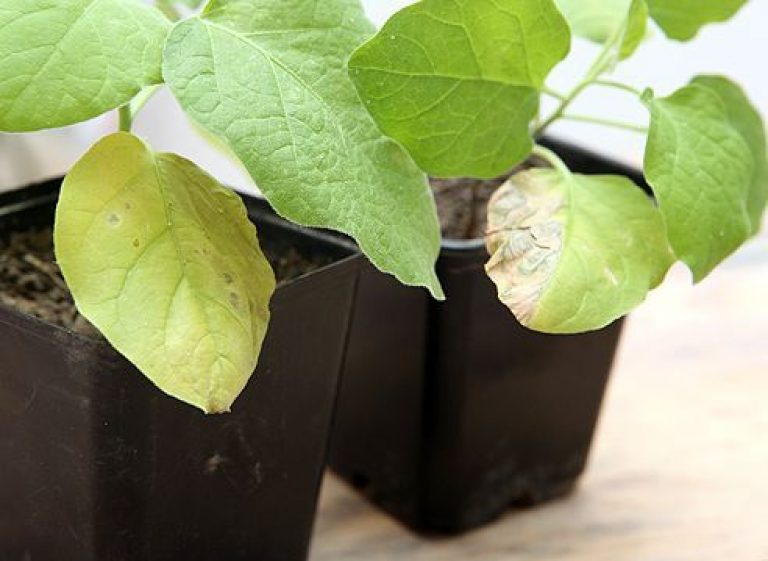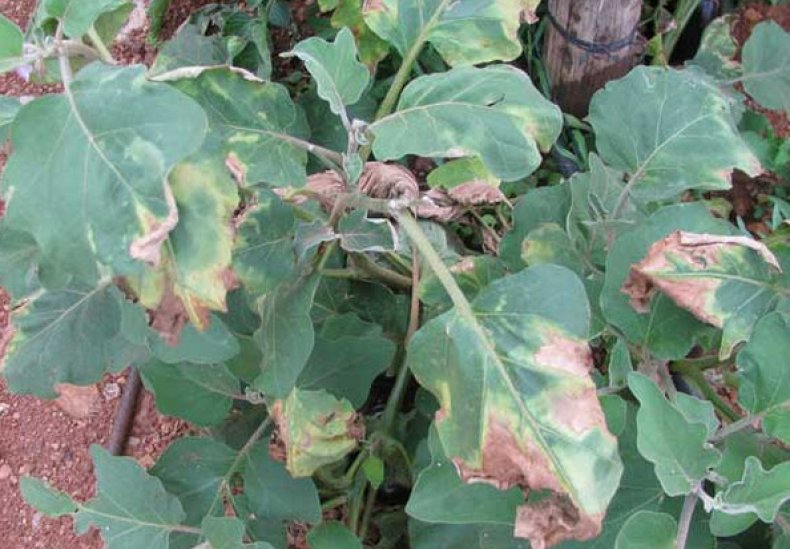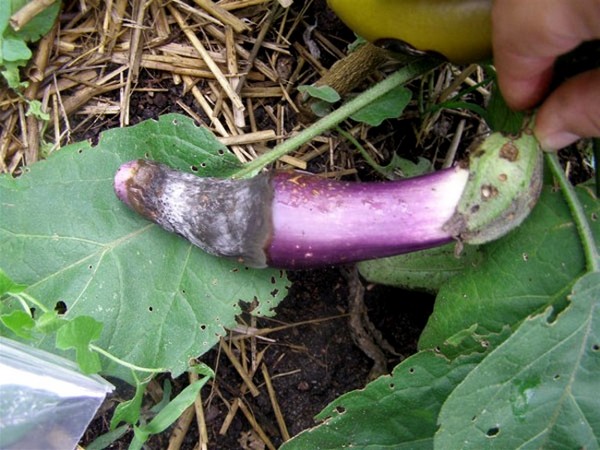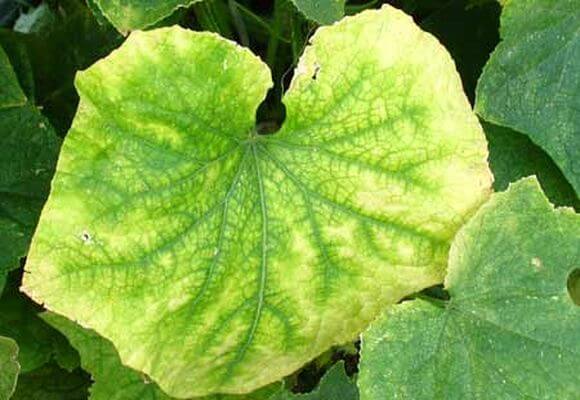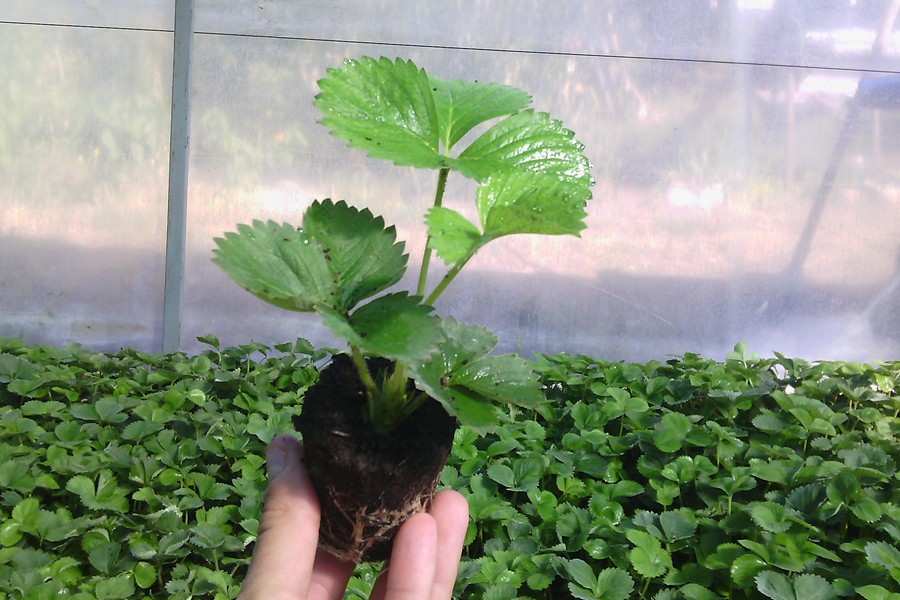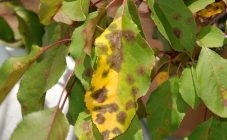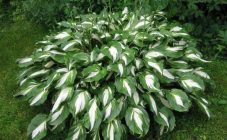Content:
If the eggplant culture turns yellow and withers, you should not rush and destroy the plants with large doses of fertilizers. First of all, you need to examine the leaves and understand why the seedlings die.
Causes of yellowing leaves
The main reasons why yellowness appeared on the leaves include:
- excess moisture;
- soil receiving insufficient nitrogen;
- fungal infection of the roots;
- direct sunlight.
Insufficient nitrogen fertilization
Why do eggplant leaves turn yellow and wither? One of the reasons is the lack of nitrogen content in the soil where eggplants grow. If microelements do not enter the plant through the roots, then it takes material from itself for the development of new cells. The bottom sheets fall into the risk zone.
Where the plant grows from, it is necessary to undermine and shake the roots from the ground. If they are in perfect order, and the leaves still continue to fall off, then the plant needs to be fertilized. In order not to harm the culture, it is important to carefully read the instructions before processing the bush.
Excess moisture
Why do the leaves of eggplant and seedlings turn yellow? Excess moisture is another cause of yellowing. Yellow leaves can be seen at the top. Wet earth particles are found between the roots.
It is easy to grow seedlings on windowsills. If suddenly during watering the water remains at the bottom, then you will need to make several drainage holes and move the box to the pallet.
Fusarium
Another reason for the wilting and dropping of leaves is a fungal infection - fusarium. The fungus has a bad effect on the development of weakened crops. Eggplants can be planted in open ground or in greenhouses, but this does not save the plant from spores getting into the soil. They are brought in with untreated planting material. And already from the spores, fungi are formed, seeping into the bush through injured roots or stalks.
Eggplants can turn sharply yellow if infected with fusaria. The affected plant looks like this:
- stop growing;
- the place of the cut and the stem acquire a brownish tint;
- a pink bloom forms on the roots;
- the leaves are curled into a tube.
Many gardeners are interested in what to do if the leaves of eggplant seedlings turn yellow. How to deal with Fusaria at home?
- Firstly, you need to exterminate the dying sprouts, especially if they have already begun to dry. Good seedlings can be transplanted into a separate pot.
- Secondly, the soil and the seedling container must be replaced.
- Thirdly, treat the seedlings with drugs: Benazol, Strekar or Fundazol.
Verticilliasis
Why do eggplant leaves turn yellow and fall - what to do? Another reason that a vegetable crop sheds foliage is a verticillium fungus. The result of infection is yellowing and leaf fall. The infected seedling dies.
You can treat the plant as follows:
- remove damaged seedlings (it is advisable to scorch them so that when planting the fungus does not penetrate into the compost pit);
- grow healthy seedlings in a new box;
- spray or feed the plant (preparations "Previkur", "Topsin", "Rovral").
Ultra-violet rays
Eggplant leaves can fall off if they stand in direct sunlight for a long time. This is due to the breakdown of chlorophyll, which is so necessary for the plant for photosynthesis. Leaves may fall off due to severe burns.
Gardeners often face the problem of seedlings withering. Eggplant can wilt for several reasons:
- hypothermia of the soil;
- insufficient watering;
- fresh pick;
- recent transplant;
- fungal infection.
If the temperature regime of the earth is not high enough, then the processes of moisture transportation are disrupted. It turns out to be a kind of vicious circle: the plant seems to receive proper watering, but at the same time remains dehydrated.
Since eggplants are considered a heat-loving culture, the ideal conditions are at a temperature not lower than 13 degrees and 22-26 in the afternoon.
Dehydration
During adaptation, the plant loses a lot of strength and parts of the roots are damaged. As a result, old and lower leaves may die. If the top of the plant has dried up, the reason should not be sought in a change of soil.
How to deal with yellowing
Usually the leaves turn yellow due to a lack of nutrients, which means that it is urgent to replenish it. Most often, it is required to feed the plant with nitrogen-containing fertilizers. A positive result can be seen within a few days.
If the soil is sufficiently moistened, watering should be reduced slightly. It is advisable to plant eggplant seedlings in separate cups with drainage holes. Containers must be laid out on a pallet, which will allow excess water to be drained.
Use of drugs
To get rid of the infection, chemical and biological agents are used. Chemicals include:
- Fundazol;
- Strekar;
- Benazol.
Strekar is used for processing vegetable planting material. Spraying is carried out 2 weeks before sowing seeds for seedlings. And benzimidazoles are used to spray damaged plants.
Of biological agents, the most effective drug is "Trichodermin". The drug can be applied to the seedling ground and in open ground.
- For seedlings, the agent is applied at the rate of 1 ... 2 grams per plant.
- When the product is introduced into open ground, its weight is increased to 100 grams per square meter.
If you regularly take preventive measures, you can avoid yellowing of eggplant seedlings.
Diseases and pests
The leaves of a plant may turn yellow if it is infected with something or pests have covered it. Preventive measures can already be taken when planting seeds for seedlings. The most common pests include slugs, midges, and powdery mildew.
All pests feed on the life sap of the crop, which leads to yellowing of the leaves. Most often, pests attack plantings when the moisture of the earth is increased. Especially after rain, a large number of midges and slugs accumulate on the leaves.
Late blight
The most common diseases include fungi of various kinds.This is evidenced by red and brown spots on the leaves. When a fungus appears, the affected leaf should be quickly removed. If this is not done, then the infection will quickly spread to the stems and fruits. Late blight is treated with an infusion of garlic. This method is treated at the initial stage of infection.
It is very simple to prepare the composition. Take 250 g of chopped garlic and 3 liters of water. Pour the garlic with water and infuse for 10 days. Before starting treatment, the solution is diluted with water in a ratio of 1: 1.
Tobacco mosaic
With tobacco mosaic, the leaves of the seedlings of the culture first acquire a light color, after which dark spots appear on them, resembling a mosaic. The leaves are gradually deformed. Before soaking the planting material, processing should be carried out. To do this, you need to soak the seeds in hydrochloric acid for half an hour. Then they are rinsed with running water.
Blackleg
Gardeners notice how the base of the stem of the eggplant bushes begins to turn black and wither. This means that the plant has become infected with a fungus. If measures are not taken in time, and the infection will descend to the roots, then the plant will die. To prevent such a disease from occurring in eggplants, it is necessary to maintain the correct distance between the bushes of these vegetables, water it correctly, and also observe the temperature regime when growing seedlings. The affected bushes are removed and burned, and the soil is watered with phytosporin.
Preventive measures
To avoid contamination of the eggplant culture and prevent yellowing of the leaves, which subsequently begin to curl up, you need to follow simple rules:
- Since eggplants do not like drying out of the soil, it is necessary to water the soil regularly.
- Do not overfeed the plant too much.
- To prevent the foliage from turning yellow, the seed is treated with a weak solution of potassium permanganate.
- Air must pass into the soil where the eggplants grow.
- Before planting eggplants, it is important to choose the right site. They love warmth and soil where moisture does not stagnate.
- You need to transplant seedlings into the hole along with an earthen lump, without exposing the root. This will help avoid injury to the plant, which means it will allow it to quickly adapt to a new site.
- Carry out regular watering.
- It is recommended to loosen the soil frequently.
- When planting work, it is recommended to make trichomerdine in each hole.
- A diseased plant must be immediately removed from the ground so that it does not infect healthy bushes.
- The remaining healthy bushes are treated with Falcon.
- Watering is carried out in the morning and at the root.
If you do not take timely measures, and the pale leaves become yellow, then the plant may not even have time to save. The culture will lose its leaves, it will simply wither and die. Having decided to grow eggplants in your garden, it is important to provide them with proper care. It is necessary to enrich the plant with nutrients, otherwise the eggplants will reduce their yield several times.
